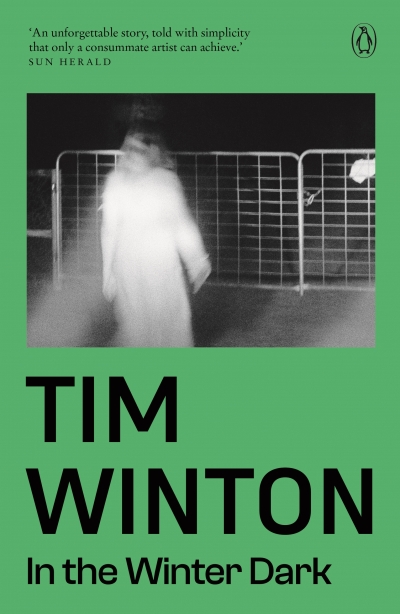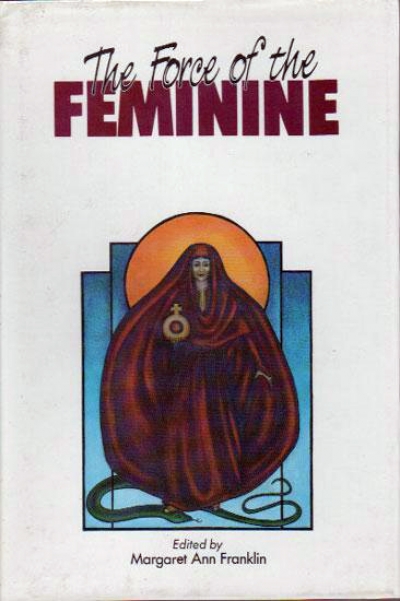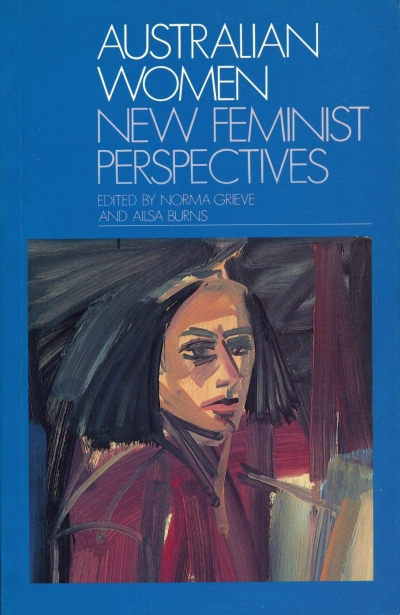Delys Bird
Westerly vol. 50, November 2005 edited by Delys Bird and Dennis Haskell & Australian Literary Studies vol. 22, no. 2, 2005 edited by Anne Pender and Leigh Dale
by Maria Takolander •
This is a particularly interesting group of reissued ‘classics’, spanning just over fifty years in twentieth-century Australian literature. Although they have very different fictional styles, all are realist or social realist novels, and their politics and preoccupations are not dissimilar. Each is concerned with working people’s lives, differing contrasts between city and country life, and aspects of class.
... (read more)These four titles are reissues of well-known texts, or of the work of well-known writers, from four different publishers. A good sign perhaps, very welcome at a time when publishing seems ever more ephemeral and when many works, even from the recent past, are unavailable.
... (read more)Authority and Influence: Australian literary criticism, 1950–2000 edited by Delys Bird, Robert Dixon and Christopher Lee
by Vivian Smith •
Whose Place?: A study of Sally Morgan’s My Place edited by Delys Bird and Dennis Haskell
by Bill Perrett •
Australian Women: New feminist perspectives by Norma Grieve and Ailsa Burns
by Delys Bird •








